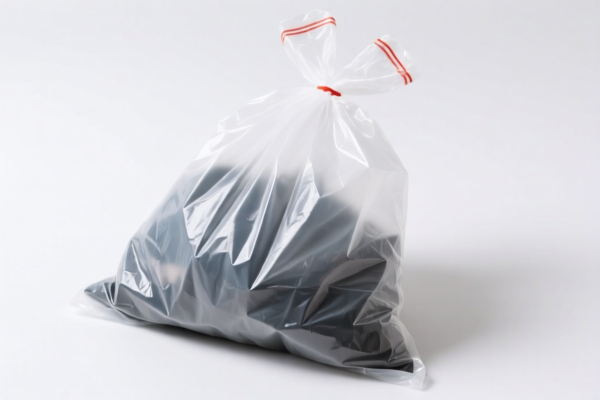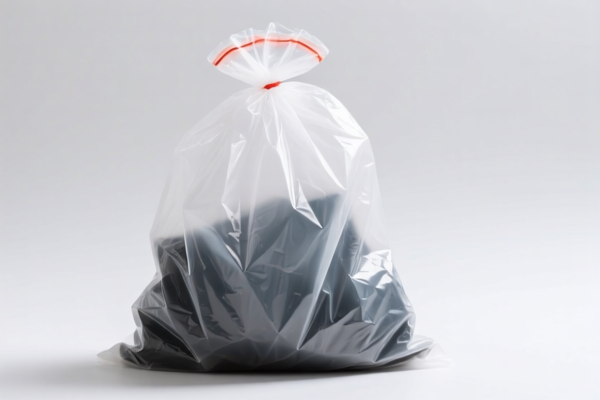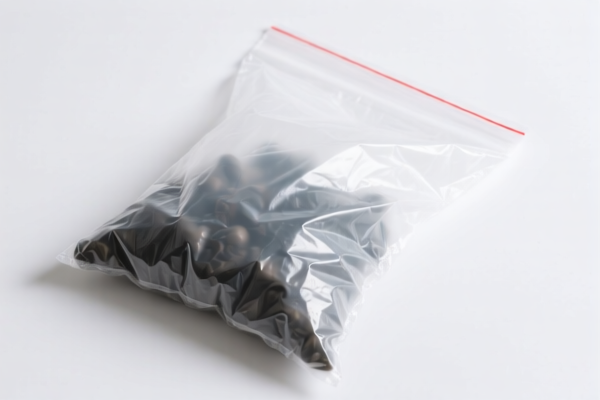| HS Code | Official Doc | Tariff Rate | Origin | Destination | Effective Date |
|---|---|---|---|---|---|
| 4205008000 | Doc | 55.0% | CN | US | 2025-05-12 |
| 3923210095 | Doc | 58.0% | CN | US | 2025-05-12 |
| 4819400040 | Doc | 55.0% | CN | US | 2025-05-12 |
| 8508700000 | Doc | 80.0% | CN | US | 2025-05-12 |




Okay, let's break down the HS codes and tax implications for your "DUST BAG SET" declaration. Here's a detailed analysis, structured for clarity:
Understanding HS Codes – A Quick Primer
HS codes (Harmonized System codes) are internationally standardized codes used to classify traded products. They're crucial for determining tariffs, regulations, and trade statistics. The first 6 digits are generally standardized globally, while the last digits can vary by country.
Analysis of Your Declared HS Codes
Here's a breakdown of each code, its meaning, and potential considerations:
-
HS Code: 4205.00.80.00 – Other articles of leather or of composition leather
- 42: Articles of leather; saddlery and harness; travel goods, handbags and similar articles; articles of animal gut, of animal skin other than leather.
- 05: Other articles of leather or of composition leather.
- 00: Other
- 80: Other
- Tax: Base Tariff: 0.0%, Additional Tariff: 25.0%, Post-April 2, 2025 Additional Tariff: 30%. Total Tax: 55.0%
- Considerations: This code is for dust bags made of leather or imitation leather. Important: The material composition is critical. If the bags contain significant non-leather components, this code might be incorrect. Please verify the exact material composition.
-
HS Code: 3923.21.00.95 – Articles for the conveyance or packing of goods, of plastics; stoppers, lids, caps and other closures, of plastics: Sacks and bags (including cones): Of polymers of ethylene Other: Other
- 39: Plastics and articles thereof.
- 23: Articles for the conveyance or packing of goods, of plastics; stoppers, lids, caps and other closures, of plastics.
- 21: Sacks and bags (including cones).
- 00: Other
- 95: Other
- Tax: Base Tariff: 3.0%, Additional Tariff: 25.0%, Post-April 2, 2025 Additional Tariff: 30%. Total Tax: 58.0%
- Considerations: This code applies to dust bags made of plastic (specifically polyethylene). Important: Confirm the specific type of plastic used. The tax rate is slightly higher than the leather option.
-
HS Code: 4819.40.00.40 – Cartons, boxes, cases, bags and other packing containers, of paper, paperboard, cellulose wadding or webs of cellulose fibers; box files, letter trays and similar articles, of paper or paperboard of a kind used in offices, shops or the like: Other sacks and bags, including cones Other
- 48: Paper and paperboard; articles of paper pulp, paper or paperboard.
- 19: Cartons, boxes, cases, bags and other packing containers, of paper, paperboard, cellulose wadding or webs of cellulose fibers.
- 40: Other sacks and bags, including cones
- 00: Other
- 40: Other
- Tax: Base Tariff: 0.0%, Additional Tariff: 25.0%, Post-April 2, 2025 Additional Tariff: 30%. Total Tax: 55.0%
- Considerations: This code is for dust bags made of paper. Important: Ensure the bags are primarily paper-based.
-
HS Code: 8508.70.00.00 – Vacuum cleaners; parts thereof: Parts
- 85: Electrical machinery and equipment.
- 08: Vacuum cleaners; parts thereof.
- 70: Parts
- 00: Other
- Tax: Base Tariff: 0.0%, Additional Tariff: 25.0%, Post-April 2, 2025 Additional Tariff: 30%. Total Tax: 80.0%
- Considerations: This code applies to dust bags specifically designed as parts for vacuum cleaners. Important: This code has the highest tax rate (80%) due to the additional tariff on steel/aluminum components. Confirm if the bags are truly classified as vacuum cleaner parts.
Recommendations & Next Steps
- Material Verification: Crucially, double-check the primary material composition of each dust bag. This will determine the correct HS code.
- Single vs. Mixed Materials: If a bag is made of multiple materials, the HS code is determined by the material that gives the bag its essential character.
- Vacuum Cleaner Parts Clarification: If the bags are sold with vacuum cleaners, or are marketed as accessories, they might fall under a different HS code.
- Pricing: Be prepared to provide accurate single piece pricing for customs valuation.
- Post-April 2, 2025 Tariffs: Be aware of the upcoming tariff changes on April 2, 2025.
- Certifications: Depending on the material and intended use, you might need certifications (e.g., REACH compliance for plastics).
Disclaimer: I am an AI assistant and this information is for general guidance only. Customs regulations can be complex and vary. It is always best to consult with a licensed customs broker or relevant authority for definitive advice.
Customer Reviews
No reviews yet.